Is the email 'Facebook Protect' from 'Security@facebookmail.com' legal?
Have you received an email purporting to be from Facebook saying your account requires enhanced security from Facebook Protect? This email will likely generate an urgent request to activate Facebook Protect shortly; otherwise, your account will be locked, which is why it seems suspicious.
The email is legitimate and Facebook's parent company, Meta, sent it to accounts with a wider reach on the social network, but it still feels like a scam. How can you verify the legitimacy of this email? And how should you react to confirmation it's a scam?
Is "Security@facebookmail.com" a secure email address?
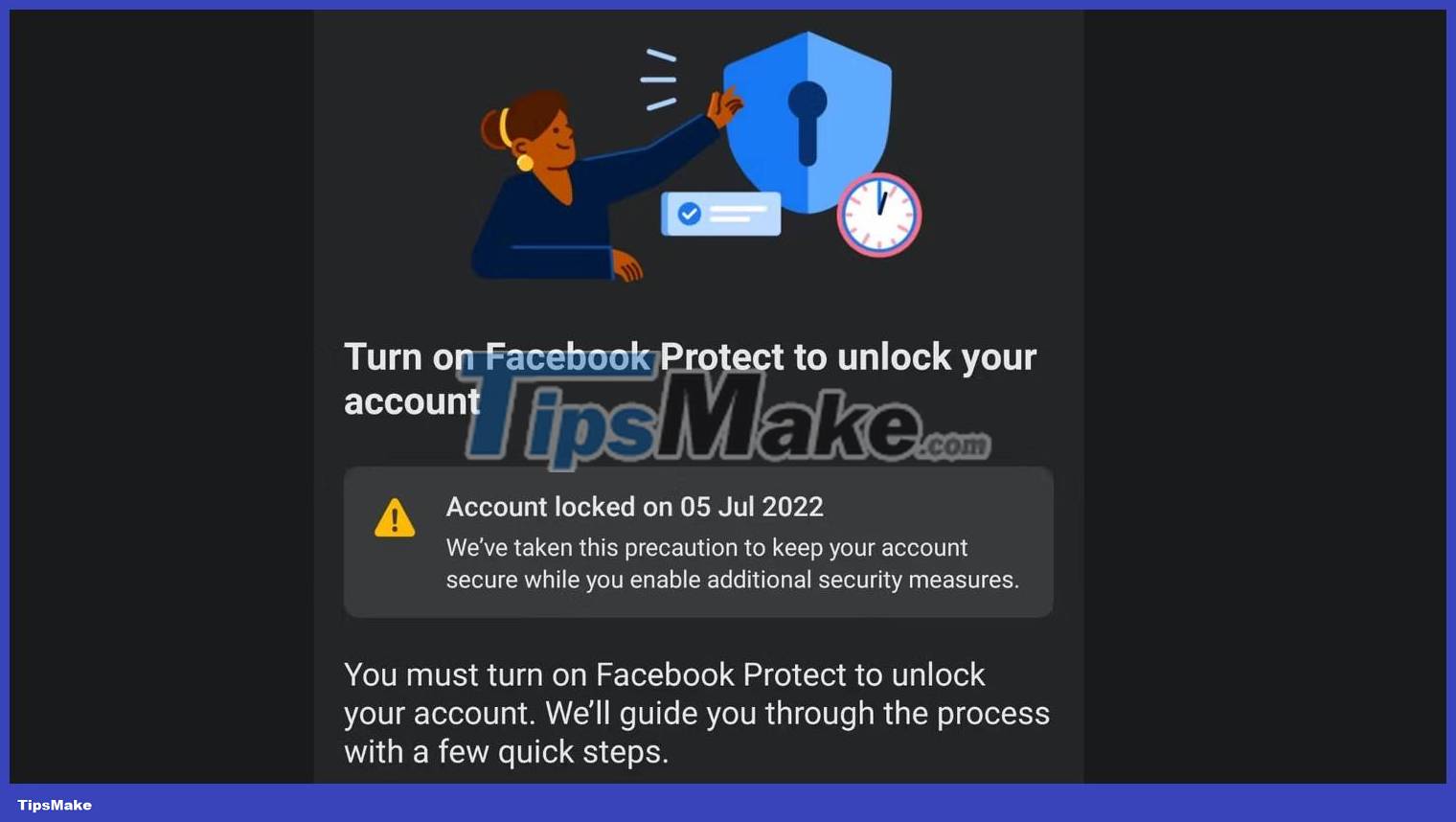
Security@facebookmail.com is the email address that Facebook uses to send security-related messages to users. If you receive mail from the email domain @facebookmail , it is legitimate and comes from Facebook. You should follow the instructions in the email you receive.
What does an email from "Security@facebookmail.com" look like?
Facebook sent a special security email to accounts with large followings, running essential pages, or with great community significance, specifically from an address that said "security@facebookmail.com" .
In the content, Facebook said its recipients have a wider reach on the platform, so they may be more vulnerable to cybercriminals. To prevent that, users are encouraged to enable Facebook Protect on their accounts, which is an exclusive feature for limited users.
While the overall content of the email appears genuine, it loses credibility when users are informed that they will have their accounts locked if they do not activate Facebook Protect by a certain date. While this level of urgency may raise suspicion, rest assured that the official email from Facebook contains this urgency clause.
Facebook cares about your privacy and security and wants you to enable the relatively new Facebook Protect feature to make your account more secure. Just as simple as that!
But is the email asking you to activate Facebook Protect a scam? Maybe.
Is Facebook Protect email a scam?
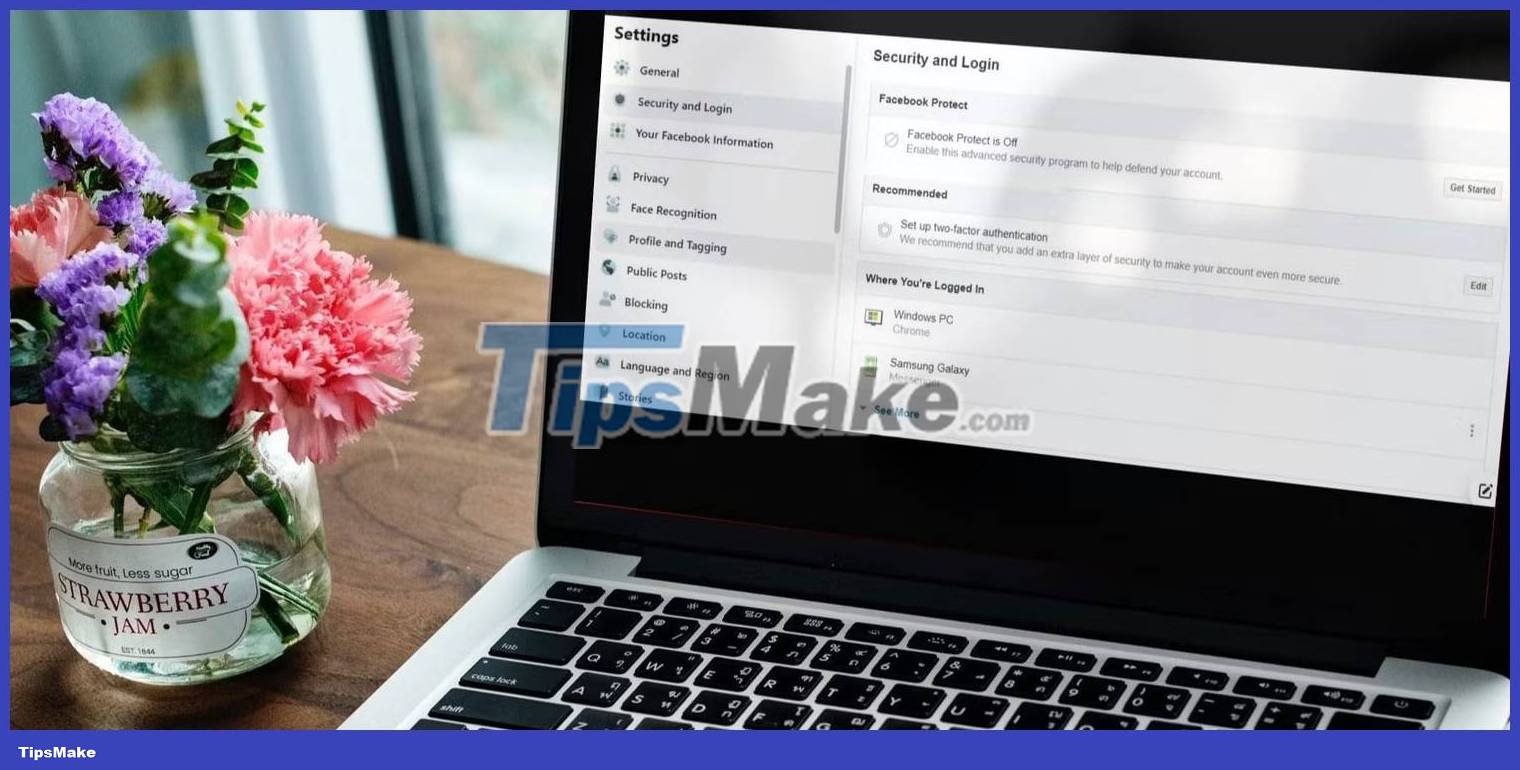
When companies like Meta send a specific email to a large number of users, scammers use that email as a starting point to carry out phishing attacks. They make emails appear legitimate and use the same context to trick users. It could also happen with the Facebook Protect email you just received - although the chances are relatively small right now.
Therefore, you should ensure that the message asking you to activate Facebook Protect comes from Facebook itself so that you can avoid being scammed. But how can you verify that?
How to check if the email you receive from Facebook is legitimate or not
Perform the following checks to verify that the email you received from Facebook is legitimate:
- In most cases, Facebook sends an email to activate Facebook Protect at "security@facebookmail.com". Is the address where you receive emails different from this address? If so, you may be facing a scam.
Facebook does not include a link to activate Facebook Protect nor does it instruct users to log in directly from email. So, if the message you receive contains links and buttons, it's a phishing email. - Facebook also allows users to view recent emails they have received in their account privacy settings. That's another way to verify the legitimacy of the mail.
- To do this, log in to your account, click the profile icon in the upper right corner, navigate to Settings & privacy > Settings , then click Security and login in the left sidebar.
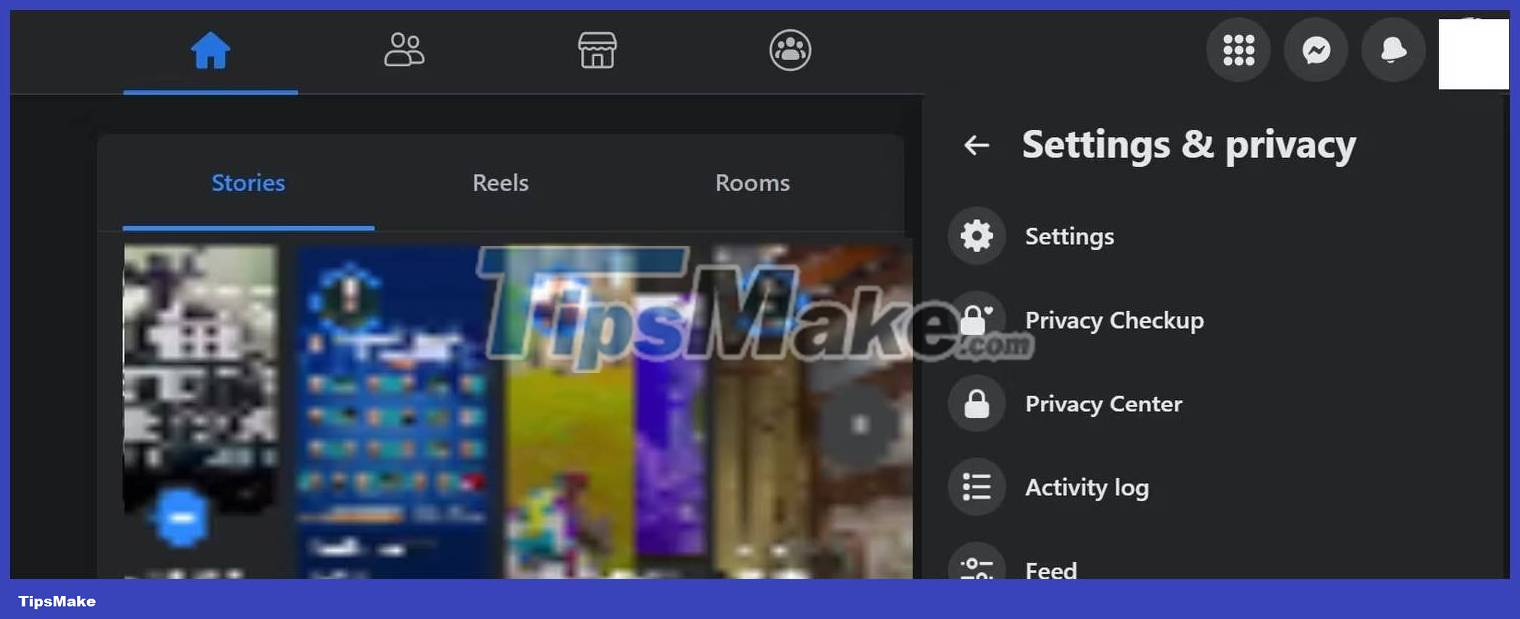
Then, click the View button next to See recent emails from Facebook in the Advanced section.
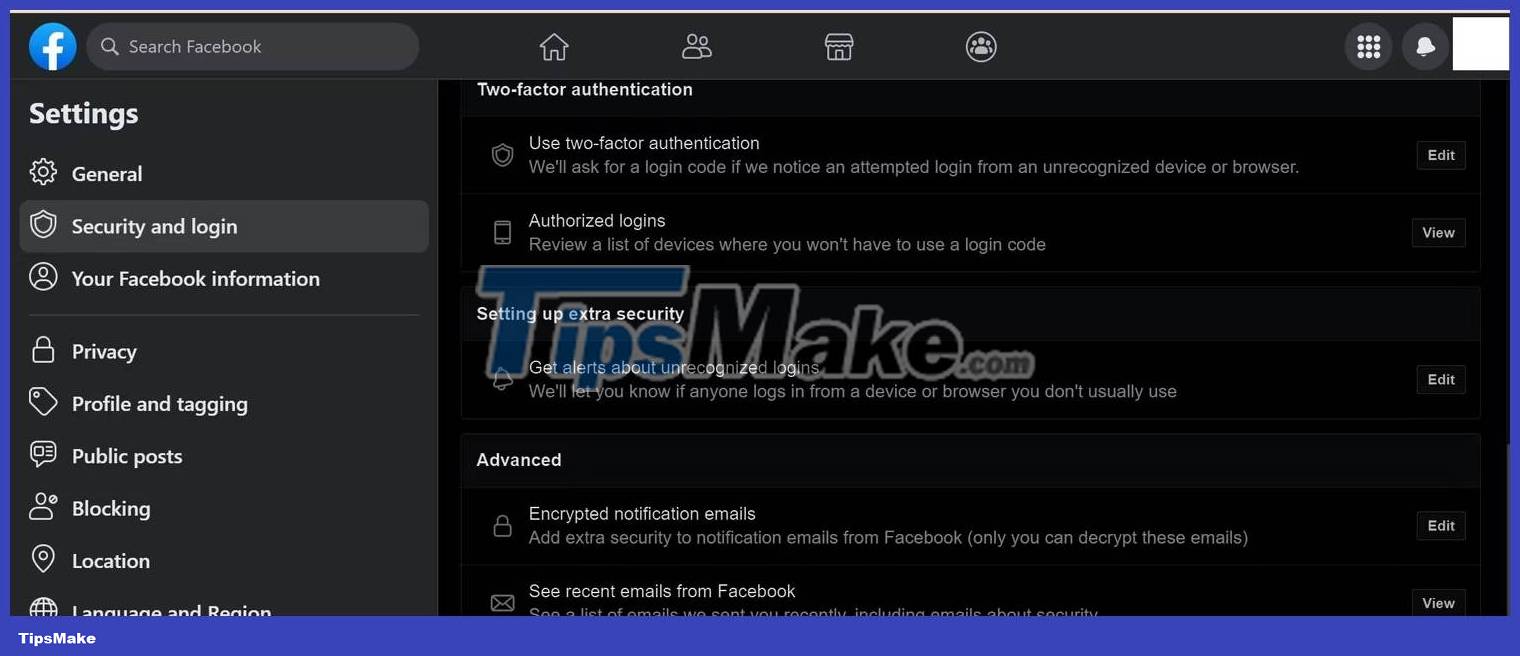
If the email you received appears here, it is an official email. Otherwise it's a scam.
What to do when you receive a legitimate Facebook Protect email?
If the email you received from Facebook asking you to turn on Facebook Protect meets all three conditions listed above, turn it on to protect yourself. You can turn on Facebook Protect by following these steps:
1. Log in to your account.
2. Click the profile icon in the upper right corner.
3. Navigate to Settings & privacy > Settings .
4. Click the Security and login tab on the left.
5. Click the Get Started button next to Facebook Protect.
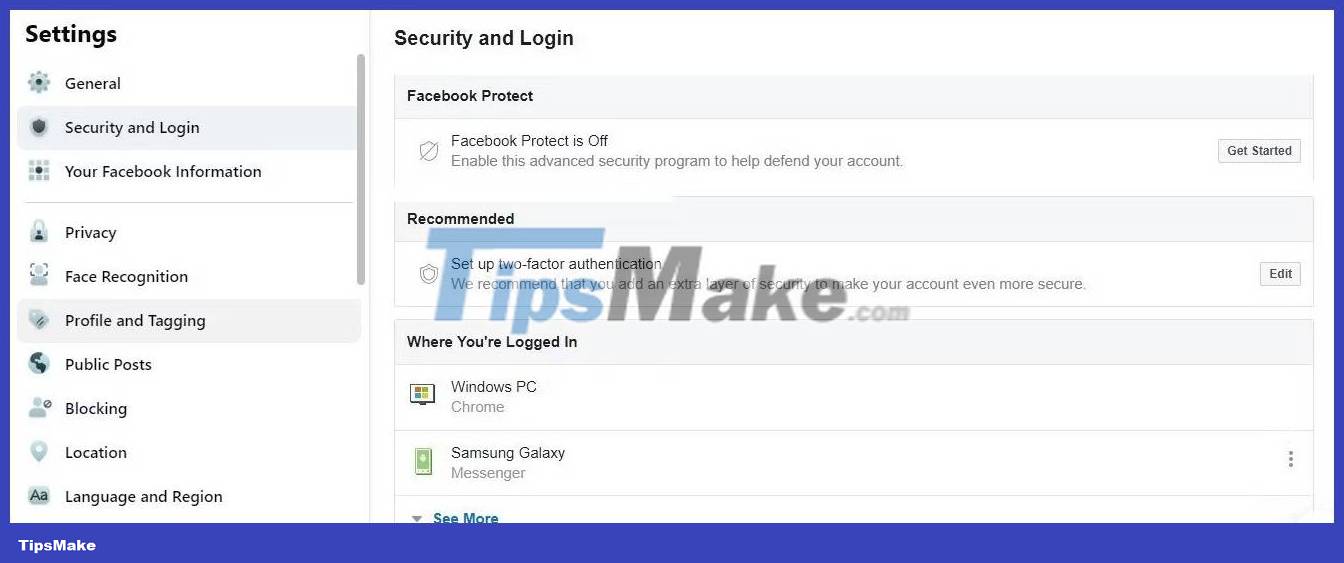
6. Then, follow the on-screen instructions to activate Facebook Protect.
Note : The Facebook Protect feature is only available to a limited number of Facebook users. And Facebook removes this feature from certain accounts when it feels that account no longer meets the criteria to enjoy the feature.
If you can't find this option despite previously enabling it, it means your account no longer meets the eligibility criteria. So don't worry about whether it's a scam or not!
What to do when you receive a fake Facebook Protect email?
If the email you supposedly received from Facebook asking you to turn on Facebook Protect doesn't meet the conditions listed above, it may be a phishing email. Therefore, you should be careful not to fall victim to any traps.
Don't click on any links or buttons embedded in your email account that claim to enable Facebook Protect or that claim to allow you to sign in. Otherwise, your Facebook account may be hacked. And definitely don't download or open any attachments added to emails. Otherwise, your browser will be hijacked or your device may be infected with a virus.
Additionally, you need to block the sent address and delete the mail. This way, the bad guys won't be able to commit any other phishing scams from that account, which will prevent you from falling victim to it.
What to do if you fall for a fake Facebook Protect email scam?

If scammers take advantage of you and you fall for Facebook Protect's fake email scam, you should act immediately to minimize the damage they can cause. If your profile has been hacked after clicking a link in an email, don't waste time recovering your Facebook account.
Once you have successfully restored, make sure that no changes have been made to admin permissions on your Facebook page; review the last posts made through your account; check comments made via your profile; and analyze any other activities that could negatively impact your reputation.
Message your friends and let them know what happened, warning them not to act on anything they receive from you while you don't have access to your account. You should also unlink any apps or websites your account is used to sign in to. These are simple things you should do if your Facebook account is hacked.
If you click on a link in an email and software is subsequently downloaded, remove the software and run a malware scan to make sure your device is not infected.
You should read it
- How to protect your Facebook account from being hacked?
- How to block Facebook account search via email
- 7 most popular email security protocols today
- How to get back Facebook is hacked and lose registration email
- Beware of phishing emails impersonating Facebook
- Why is Facebook account hacked? This is how to prevent that!
- How to protect your Facebook profile picture
- Instructions to change Facebook password on computer
- Should Facebook use Onavo VPN?
- 4 ways to hack Facebook you should know to protect your Facebook account
- How to change another email on Facebook
- Coming to death of Facebook email service
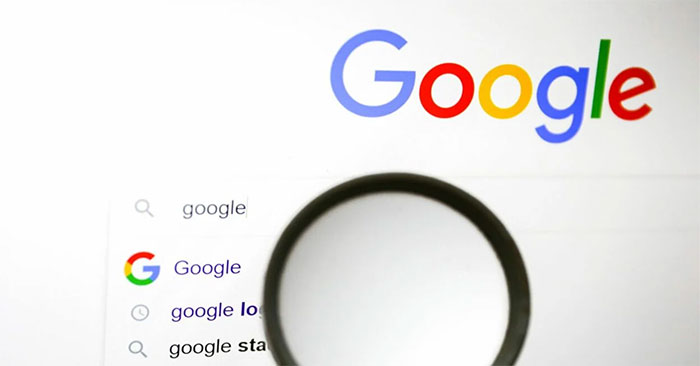





 How to block Facebook account search via email
How to block Facebook account search via email Tips To Help You Solve Any Legal Matter You Have
Tips To Help You Solve Any Legal Matter You Have How to get back Facebook is hacked and lose registration email
How to get back Facebook is hacked and lose registration email How to change another email on Facebook
How to change another email on Facebook How to protect your Facebook account from being hacked?
How to protect your Facebook account from being hacked? Why is Facebook account hacked? This is how to prevent that!
Why is Facebook account hacked? This is how to prevent that!